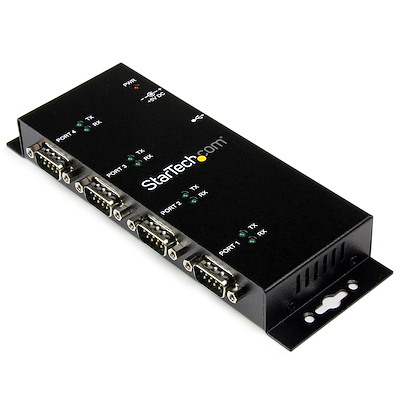
The code initializes the hardware UART on the Teensy 2.0 and transmits "Hello World" repeatedly over the UART port at a baudrate of 34800. There is a cp210x.h and cp210x.c file included in the example. You may need to install the avr-gcc compiler prior to using these files. This code is tested to compile via avr-gcc under Windows and Linux.

The receive (RXD) of the microcontroller then goes to the transmit (TX) pin of the CP2012. Be aware that when using UART serial, the transmit (TXD) pin of the microcontroller should be connected to the receive (RX) pin of the CP2102. The Teensy 2.0 has two dedicated UART serial pins located on PORT D, pins 2 and 3.

Common grounds must always be used for communication systems to allow for reliable signal transfer. To wire the system, connect a common ground between the CP210x module and the Teensy 2.0. For this example the CP210x module will be used to power the Teensy 2.0 at 5V after programming. Both outputs are only rated of low currents (less than 100mA) but it can be very useful for powering a small system from a USB port. Unique to this PCB implementation of the CP2102 is both a 5V and 3.3V output.

This example will detail the wiring for a Teensy 2.0 microcontroller.


 0 kommentar(er)
0 kommentar(er)
